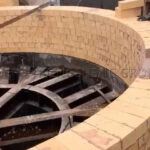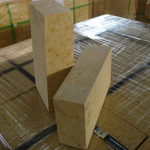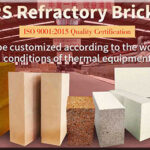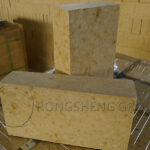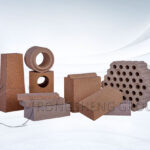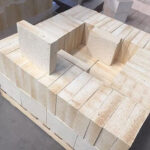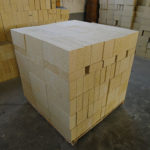The types of refractory materials commonly used in rotary kilns mainly include various refractory brick series, refractory castable series, and insulating refractory materials.
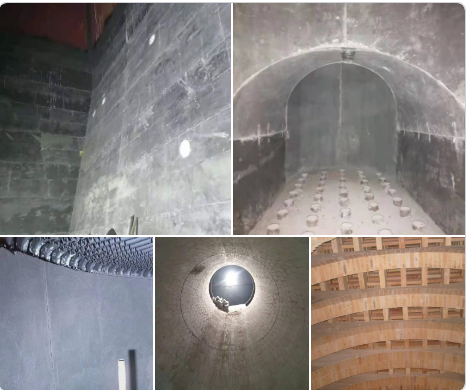
In addition to the hot end and firing zone of the cement rotary kiln transition zone, the aluminum-silicon refractory bricks can be applied to the entire pre-calcining kiln firing system, such as fixed lining walls, kiln doors, coolers, tertiary ducts, burners, etc.
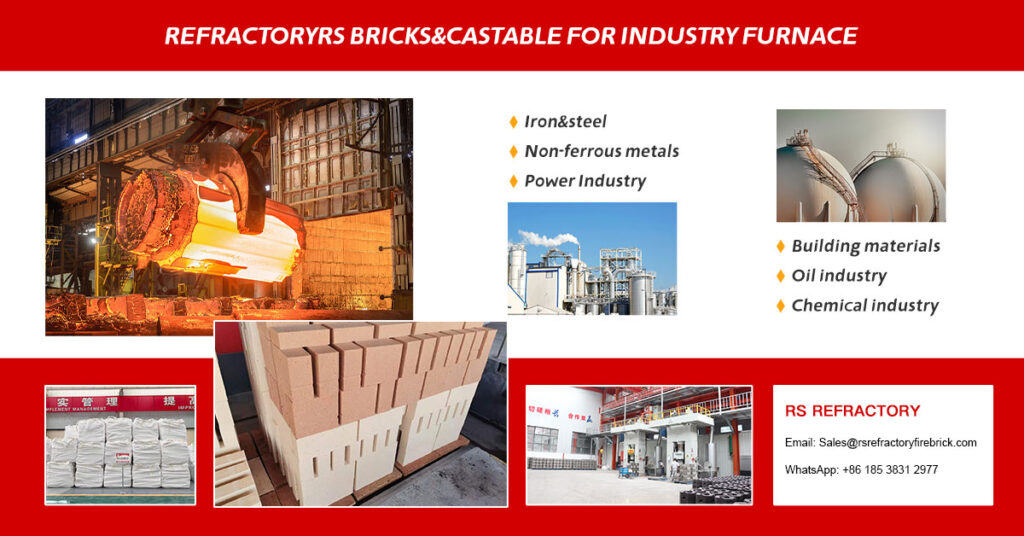
Aluminum-silica series refractory bricks mainly include alkali-resistant series bricks, high-alumina (anti-stripping) series bricks, silicon-mo series bricks and so on.
The upper transition zone of the rotary kiln is close to the firing zone and the firing zone. The flame temperature of the lining can reach up to 2000℃, and the temperature of the material can reach 1350~1400℃. In addition, it must withstand the penetration of sulfur-alkali compounds. Material melt (liquid phase) penetration and thermal shock, redox, cylinder elliptical deformation and other mechanical stress effects.
Therefore, this is the part where the lining bears the most severe stress, and only alkaline refractories can meet the requirements for use under this condition.
Insulation Refractory Material
The remarkable characteristics of the structure of the insulating refractory material are high porosity, large pore diameter, and thermal insulation performance. Because of its low volume density and lightweight, it is usually called a lightweight refractory material.

There are many varieties of insulation refractory products, which are usually classified and named according to the chemical mineral composition of the material or the raw materials used in production, but also according to the use temperature and the form of the material.
At present, calcium silicate board is the most used thermal insulation material for the main body of pre-calcining kiln systems at home and abroad. In addition, the use of lightweight castables and thermal insulation refractory bricks is increasing year by year. Non-main insulation materials are mainly ceramic fiber products.
The above-mentioned refractory materials have different properties, and their application ranges in cement kilns are also different. Only by knowing the physical and chemical properties of these refractory materials can we correctly select the most suitable refractory materials to ensure the maximum service life and operating rate of the rotary kiln.

